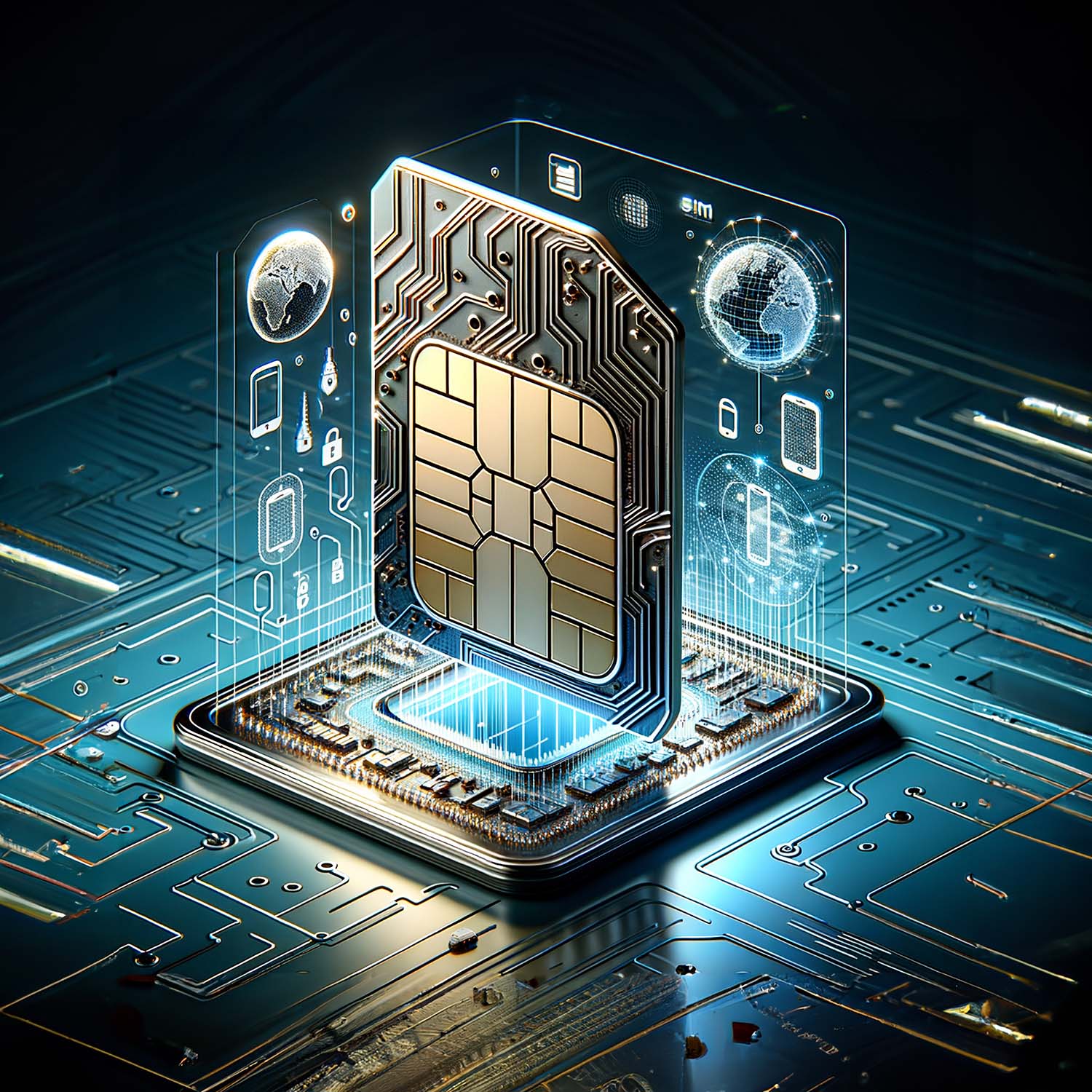Introduction
In today’s interconnected world, staying connected is not just a convenience, it’s a necessity. This is especially true when traveling. Traditional SIM cards have long been the standard for mobile connectivity, but with the advent of eSIM technology, the game has changed. In this ultimate guide, we’ll dive into what eSIMs are, how they work, and why they are becoming an essential tool for modern traveller’s.
What is an eSIM?
An eSIM, or embedded SIM, is a digital SIM that allows you to activate a cellular plan from your carrier without the need for a physical SIM card. Integrated into your device, eSIMs provide a new level of convenience and flexibility for mobile users. Unlike traditional SIM cards, eSIMs can be reprogrammed to switch carriers or plans, making them perfect for travellers who frequently cross borders.
How Do eSIMs Work?
eSIMs work similarly to traditional SIM cards but without the physical swapping. Your device’s eSIM has the capability to store multiple operator profiles at once, and you can switch between them as needed. When you decide to use a new carrier, the information is downloaded and installed on the eSIM, often via a simple QR code scanning process.
Advantages of eSIM Technology for Traveller’s
- Convenience: No more fumbling with tiny SIM cards and ejector tools. Switching between carriers can be done with a few taps on your device.
- Flexibility: Easily switch between different network providers to take advantage of the best local rates, without the need to carry multiple SIM cards.
- Cost-Effective: Avoid hefty international roaming charges by subscribing to local rates as you travel.
- Space-Saving: eSIMs are embedded in your device, freeing up the physical SIM slot for a second line or keeping it open for other uses.
- Environmentally Friendly: Reducing the need for physical SIM cards means less plastic waste.
Compatibility and Availability
Not all devices support eSIM technology yet, but the list is rapidly growing. Most modern smartphones, including many models from Apple, Samsung, and Google, now come with eSIM capability. In addition to phones, certain models of tablets and smartwatches also support eSIMs.
As for carrier support, many telecom operators around the globe are adopting eSIM technology. It’s always a good idea to check with your local carriers and the carriers in your destination country for eSIM compatibility and plans.
Setting Up Your eSIM
Setting up an eSIM is generally straightforward. Once you’ve chosen a carrier and plan, you’ll often receive a QR code to scan with your device. This process automatically configures your eSIM with the new carrier’s profile. It’s always wise to set up your eSIM before you travel to ensure seamless connectivity upon arrival.
Conclusion
The world of mobile connectivity is evolving, and eSIM technology is at the forefront of this change. For travellers, eSIMs offer an unparalleled mix of convenience, flexibility, and cost-effectiveness. As more devices and carriers embrace this technology, it’s clear that eSIMs are not just the future—they are the present. Embrace the change and experience the freedom of seamless connectivity, no matter where your travels take you.



